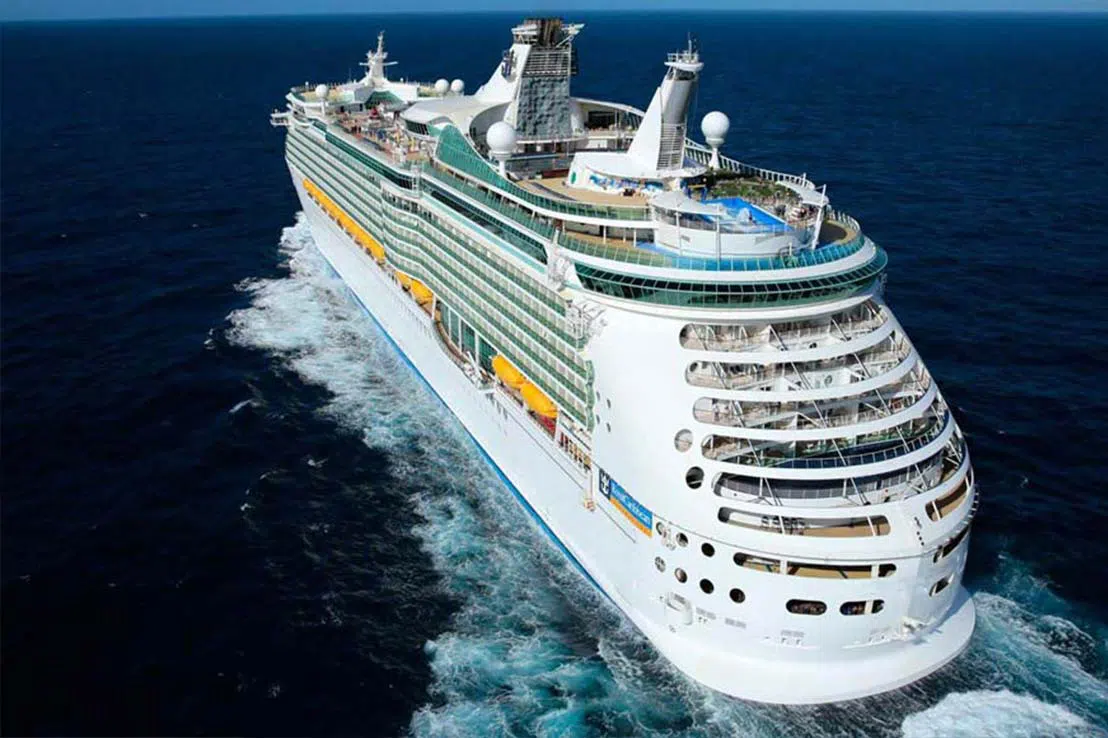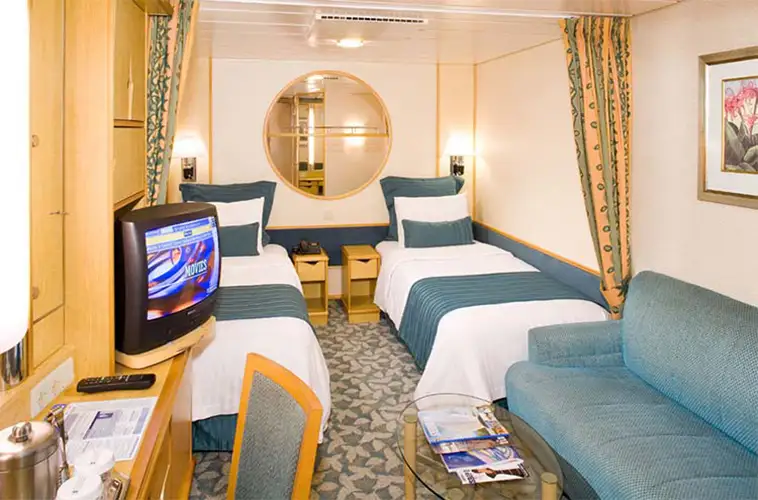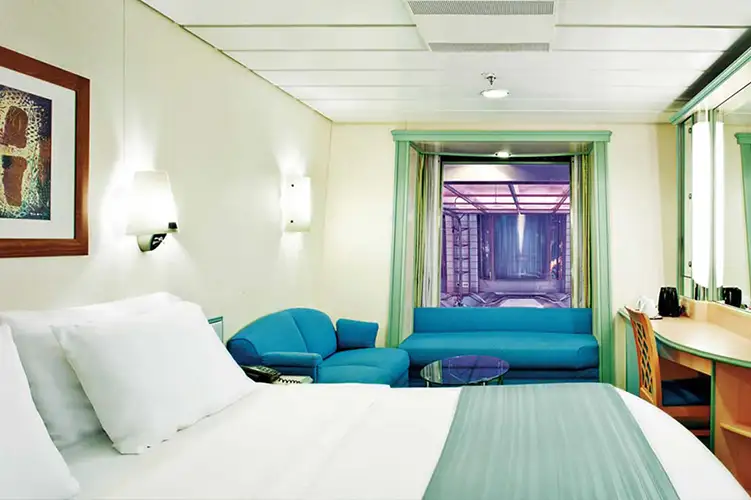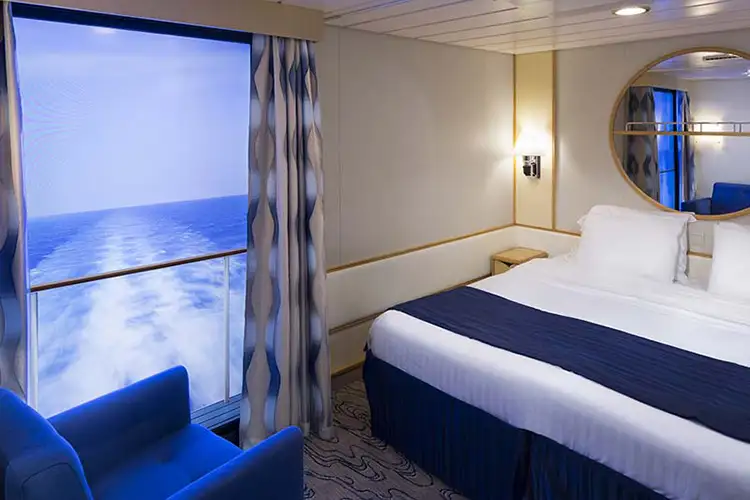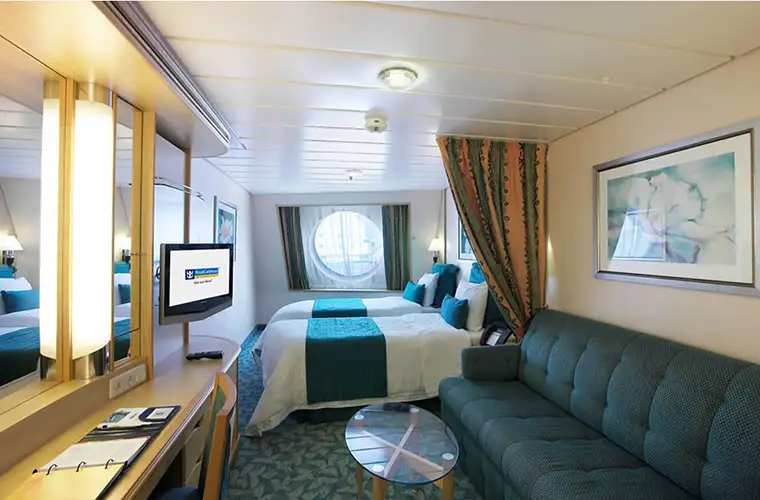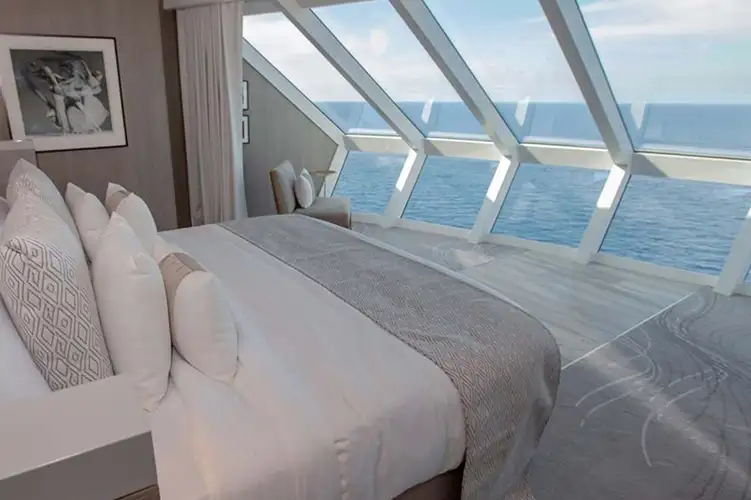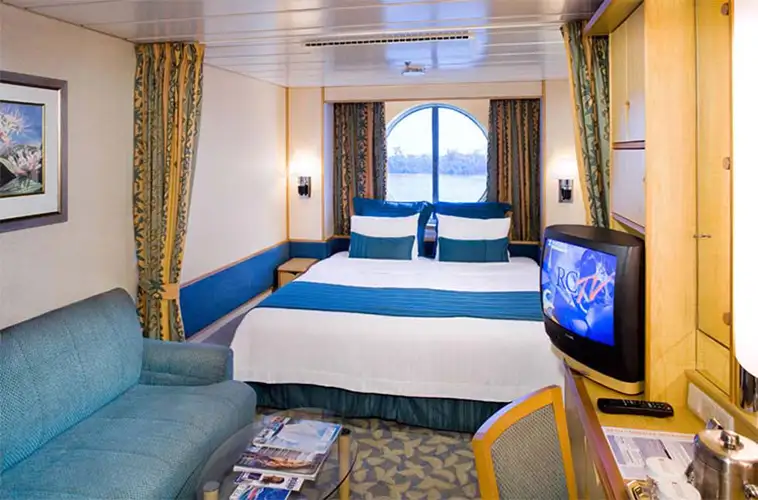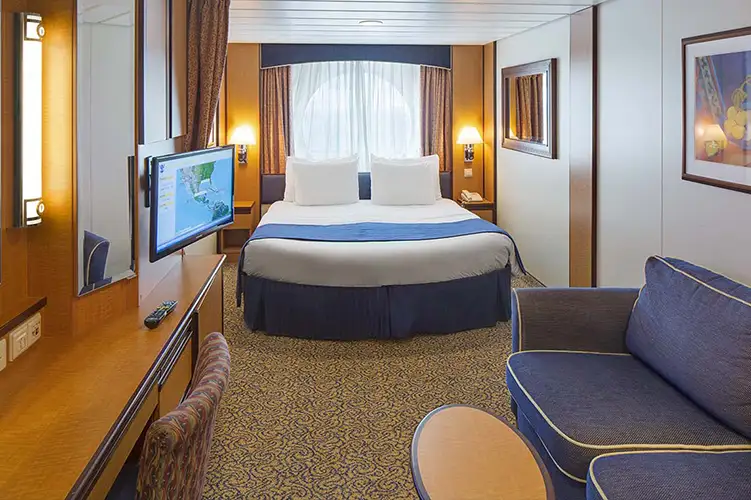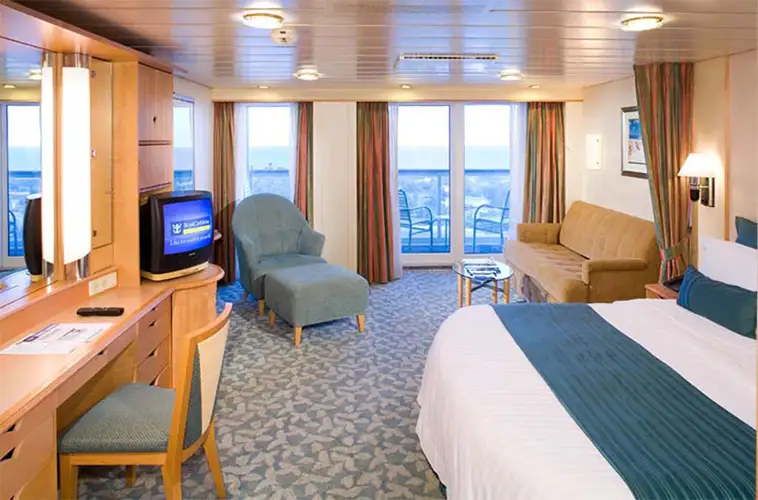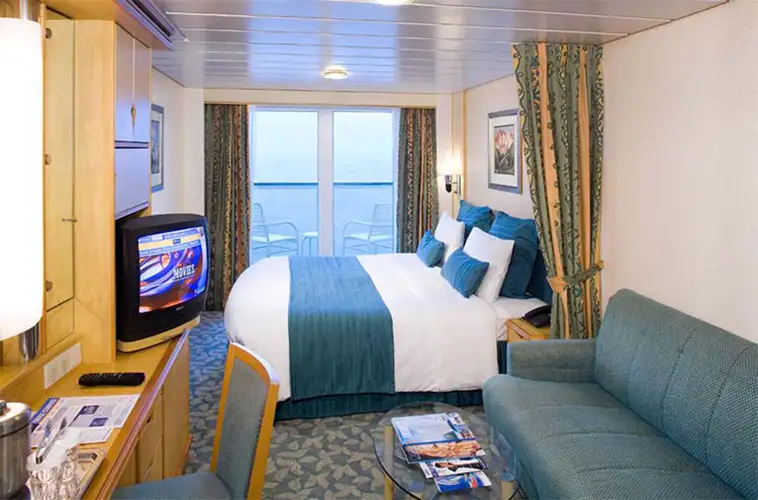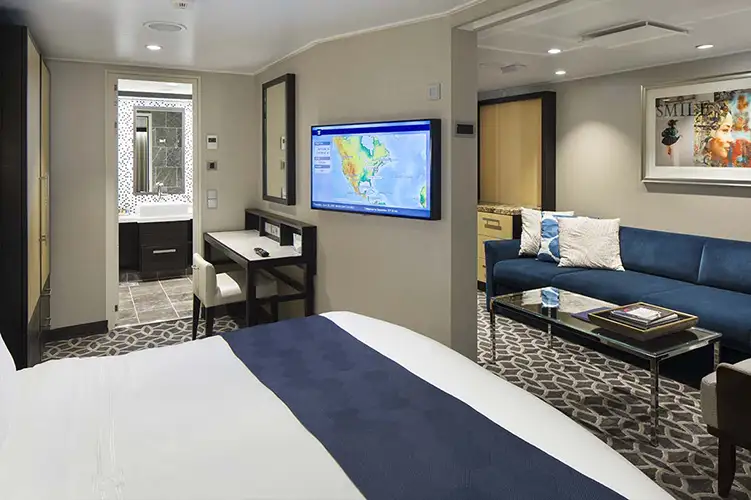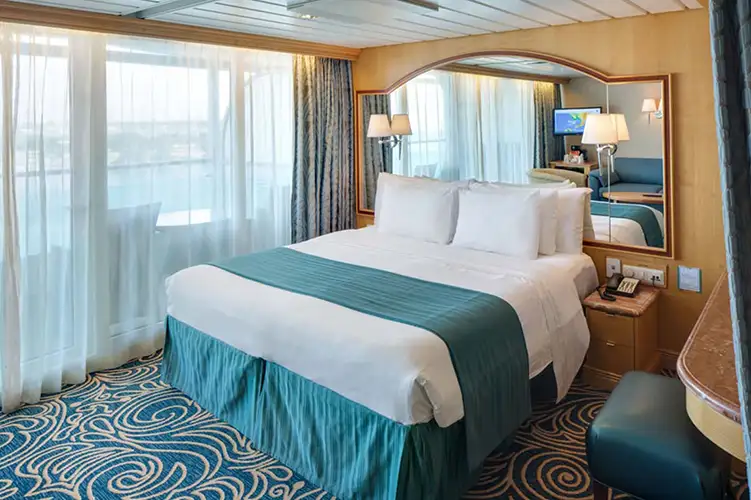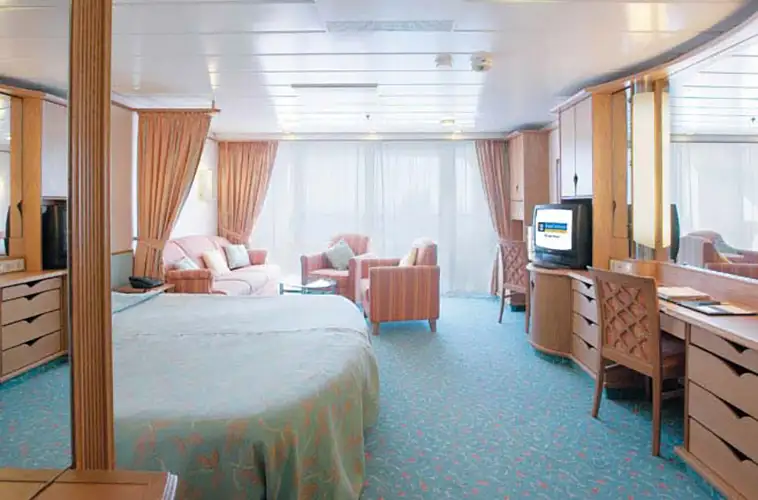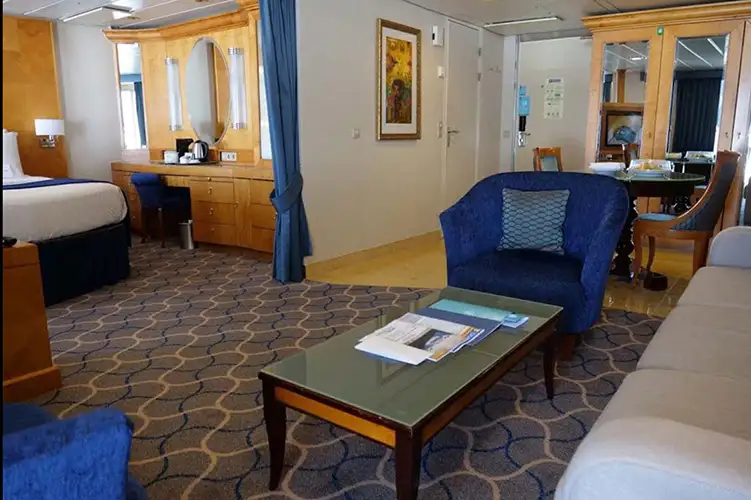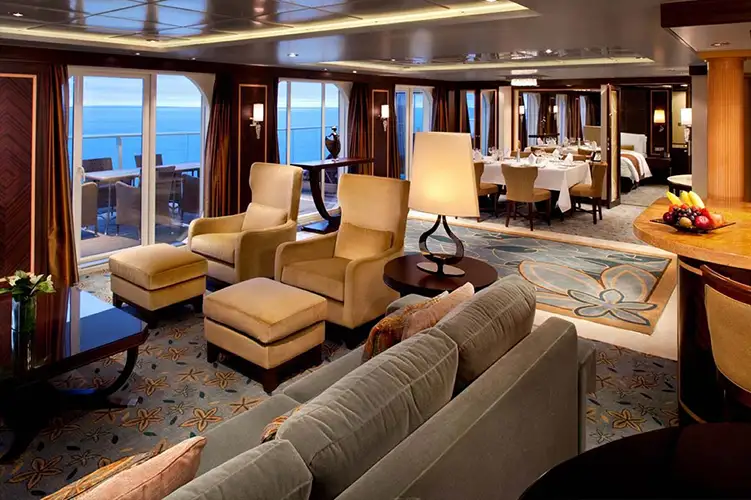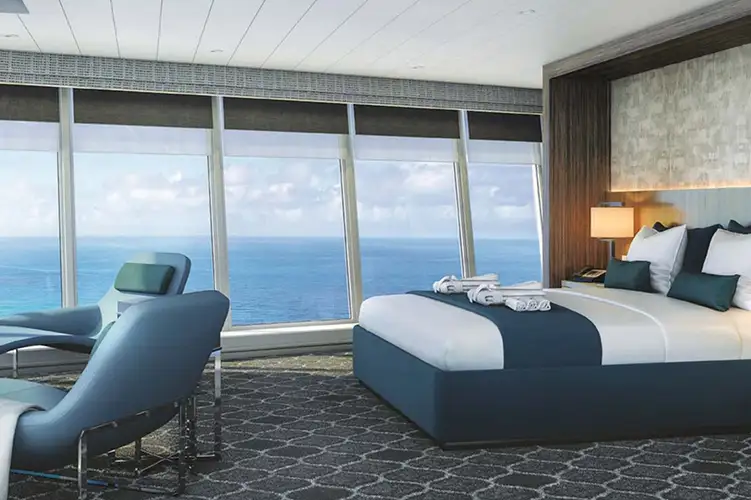7 nights from Ravenna (Italy) with Explorer Of The Seas
Greek islands: Italy, Greece
Enter the number of occupants and age to view cabin prices
Cruise itinerary
-
Saturday, 13 July 2024 - 05:00Ravenna
-
Sunday, 14 July 2024 -- --Navigation
-
Monday, 15 July 2024 02:00 - 11:00Santorini
-
Tuesday, 16 July 2024 08:00 - 06:00Mykonos
-
Wednesday, 17 July 2024 07:00 - 07:00Athens
-
Thursday, 18 July 2024 10:00 - 06:00Katakolon
-
Friday, 19 July 2024 -- --Navigation
-
Saturday, 20 July 2024 06:00Ravenna
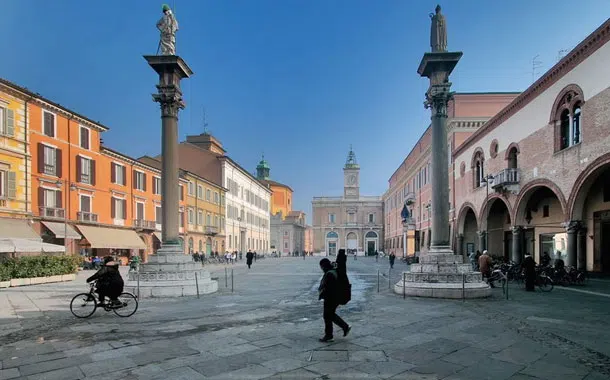
Ravenna
Ravenna lies on a plain near the confluence of the rivers Ronco and Montone, 10 km inland from the Adriatic Sea, with which it is connected by a canal.
Ravenna was important in history as the capital of the Western Roman Empire in the 6th century AD.
Nothing remains of Ravenna's ancient Roman structures or its port of Classis. Instead, Ravenna's fame is based on the quality and quantity of its 6th-18th century Christian monuments. It was the capital of the Western Roman Empire for 250 years and an important port of entry for the Eastern (Byzantine) Empire. Ravenna reflects in its art and architecture a fusion of Roman architectural forms with Byzantine mosaics and other decorations.
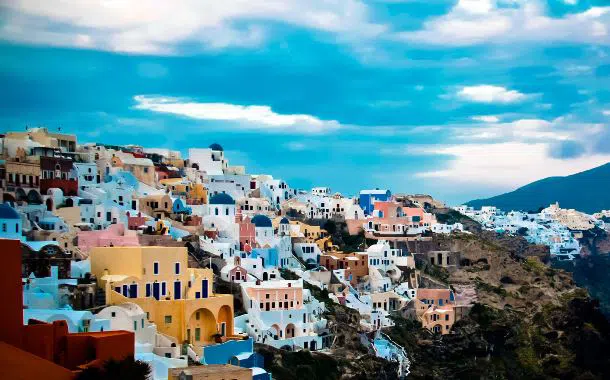
Santorini
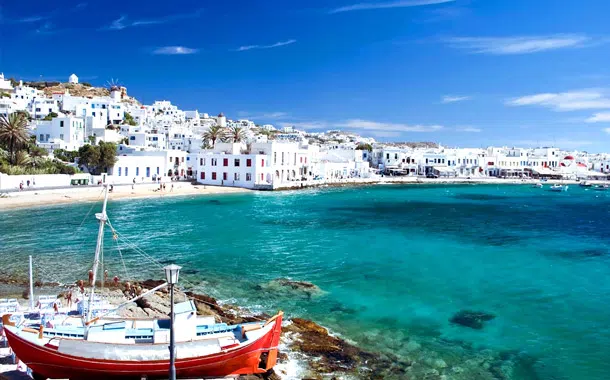
Mykonos
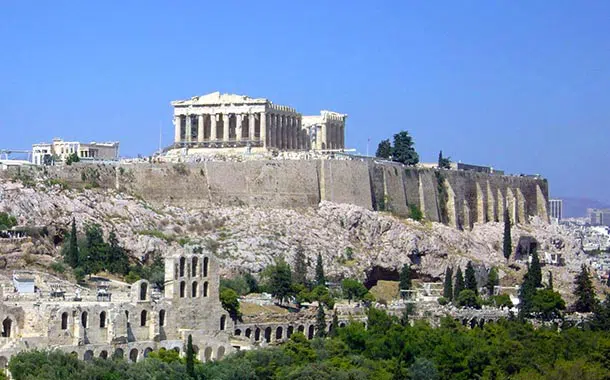
Athens
Many still think of Athens as an ancient city that thrived two and a half thousand years ago. Its symbol is the mighty Acropolis, which dominates almost every view and the itinerary of every visitor, and it is crowned by the iconic Parthenon, which rises above the city, overlooking the sprawling and evolving modern metropolis.
Many still think of Athens as an ancient city that thrived two and a half thousand years ago. Its symbol is the mighty Acropolis, which dominates almost every view and the itinerary of every visitor, and it is crowned by the iconic Parthenon, which rises above the city, overlooking the sprawling and evolving modern metropolis.
Perhaps the most significant change is in the historical centre, which is almost unrecognisable since cars have been banned. This has liberated the area with the most significant archaeological sites, creating the longest, and undoubtedly one of the most splendid, pedestrianised zones in Europe. This huge archaeological park has brought past and present together, returning the cultural and social life of the city to the area around the ancient monuments and surrounding neighbourhoods.
Athens remains a city of contradictions; it is both frustrating and seductive. It is the oldest city in Europe, yet still in a state of transition. It is one of the safest and most vibrant European cities - an intoxicating mix of grunge and grace with an undeniably urban soul.
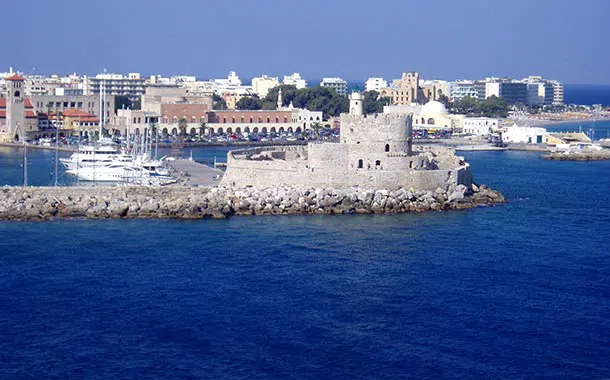
Katakolon

Ravenna
Ravenna lies on a plain near the confluence of the rivers Ronco and Montone, 10 km inland from the Adriatic Sea, with which it is connected by a canal.
Ravenna was important in history as the capital of the Western Roman Empire in the 6th century AD.
Nothing remains of Ravenna's ancient Roman structures or its port of Classis. Instead, Ravenna's fame is based on the quality and quantity of its 6th-18th century Christian monuments. It was the capital of the Western Roman Empire for 250 years and an important port of entry for the Eastern (Byzantine) Empire. Ravenna reflects in its art and architecture a fusion of Roman architectural forms with Byzantine mosaics and other decorations.
